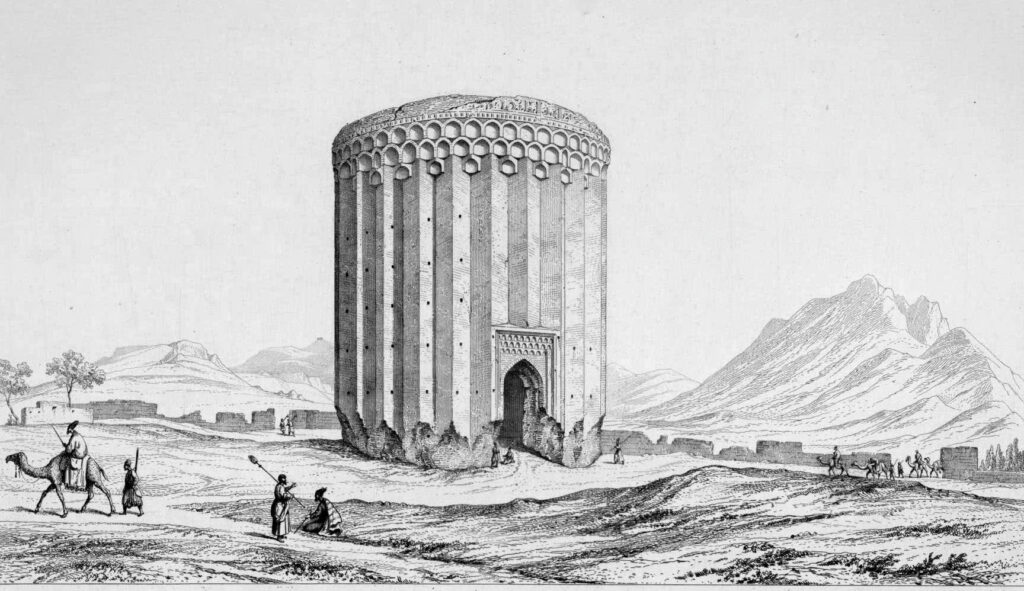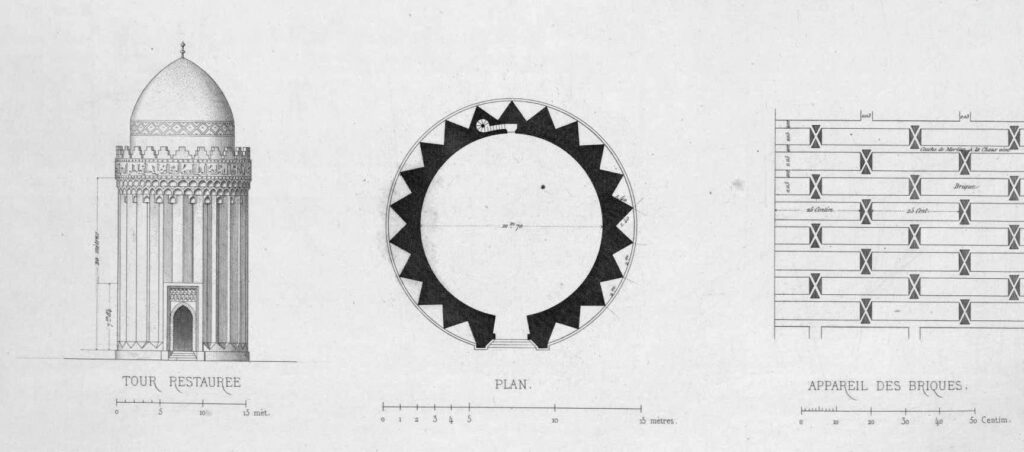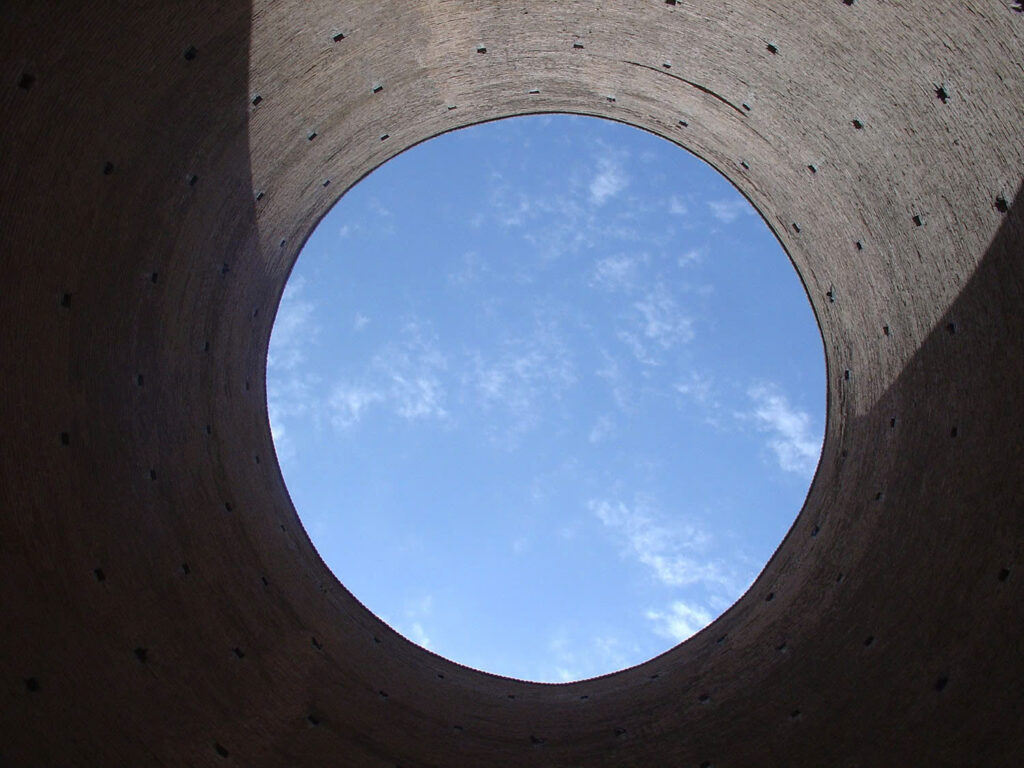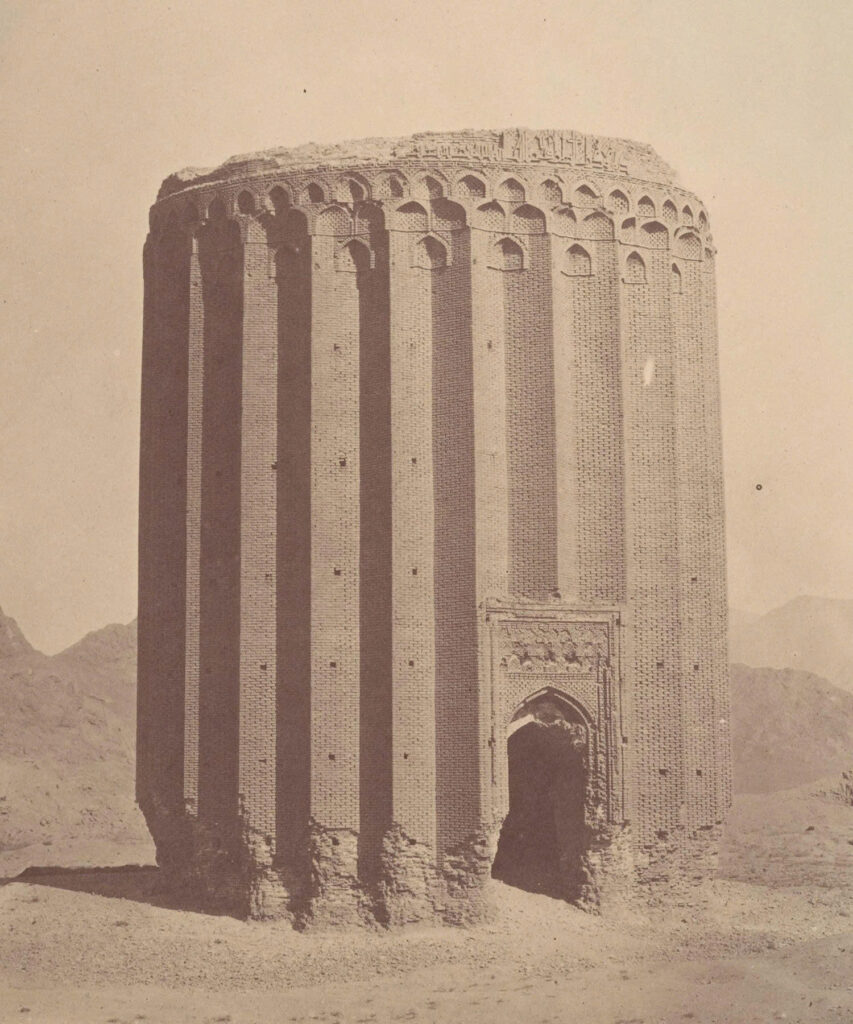In the historic city of Rey, Iran, stands a remarkable testament to medieval engineering and architectural brilliance – the Toghrol Tower. Rising 20 meters into the sky, this magnificent structure has captivated historians, architects, and travelers for nearly a millennium since its construction in 1063.
The Mystery of Its Origin

The true purpose of this extraordinary tower remains shrouded in scholarly debate. Some historians believe it was designed as the final resting place of Tuğrul Beg, the legendary founder of the Seljuk dynasty, serving as a monumental tomb befitting such an influential ruler. However, alternative theories suggest a more practical origin – that this towering beacon functioned as a lighthouse, guiding weary merchants and travelers along the ancient Silk Road through treacherous fog-laden nights and days.
An Architectural Marvel of Precision
The Ingenious Design

What makes the Toghrol Tower truly exceptional is its sophisticated geometric construction. Crafted from sturdy bricks and Sarooj – a specially formulated water-resistant mortar – the tower showcases remarkable engineering prowess. The interior features a perfectly smooth cylindrical chamber measuring 11 meters in diameter, while the exterior presents a striking 24-sided polygonal form with vertices creating a 16-meter diameter circle.
Nature’s Clock in Stone

The tower’s most fascinating feature lies in its function as a natural timepiece. The carefully calculated polygonal exterior transforms the entire structure into a massive sundial. As the sun travels across the sky, the shadows cast by each of the 24 angles mark the passage of time with remarkable accuracy. When sunlight illuminates one of these geometric edges, it signals that exactly one hour has elapsed since sunrise – a ingenious fusion of architecture and astronomy.
Video
Decorative Splendor and Structural Wisdom
Islamic Architectural Artistry


The tower’s upper section displays exquisite craftsmanship through its intricate muqarnas (known locally as Ahoopāy) – the distinctive stalactite-like ornamental vaulting that defines Islamic architectural tradition. These elaborate decorative elements create a stunning visual transition from the star-shaped base to the circular cornice above, demonstrating the masterful skill of medieval Persian architects.
Built to Last
The polygonal design serves a dual purpose beyond timekeeping. This geometric configuration significantly enhances the structure’s earthquake resistance, allowing it to withstand the seismic activity common to the region. The thick walls house an internal stairway system, while a doorway provides access to the central cylindrical chamber, which today remains open to the elements, its interior walls bare and exposed to the sky above.
A Living Monument

Nearly a thousand years after its construction, the Toghrol Tower continues to stand as a symbol of human ingenuity and architectural achievement. Whether it served as a royal tomb, a traveler’s guide, or perhaps both, this remarkable structure represents the sophisticated understanding of mathematics, astronomy, and engineering possessed by medieval Persian builders.
The tower remains not just a historical monument, but a functional timepiece that still casts its hourly shadows, connecting modern visitors to the ancient rhythms of daily life in medieval Iran. It stands as a powerful reminder that true architectural mastery transcends mere construction – it creates structures that serve both practical and spiritual purposes, bridging the gap between earth and sky, past and present.

